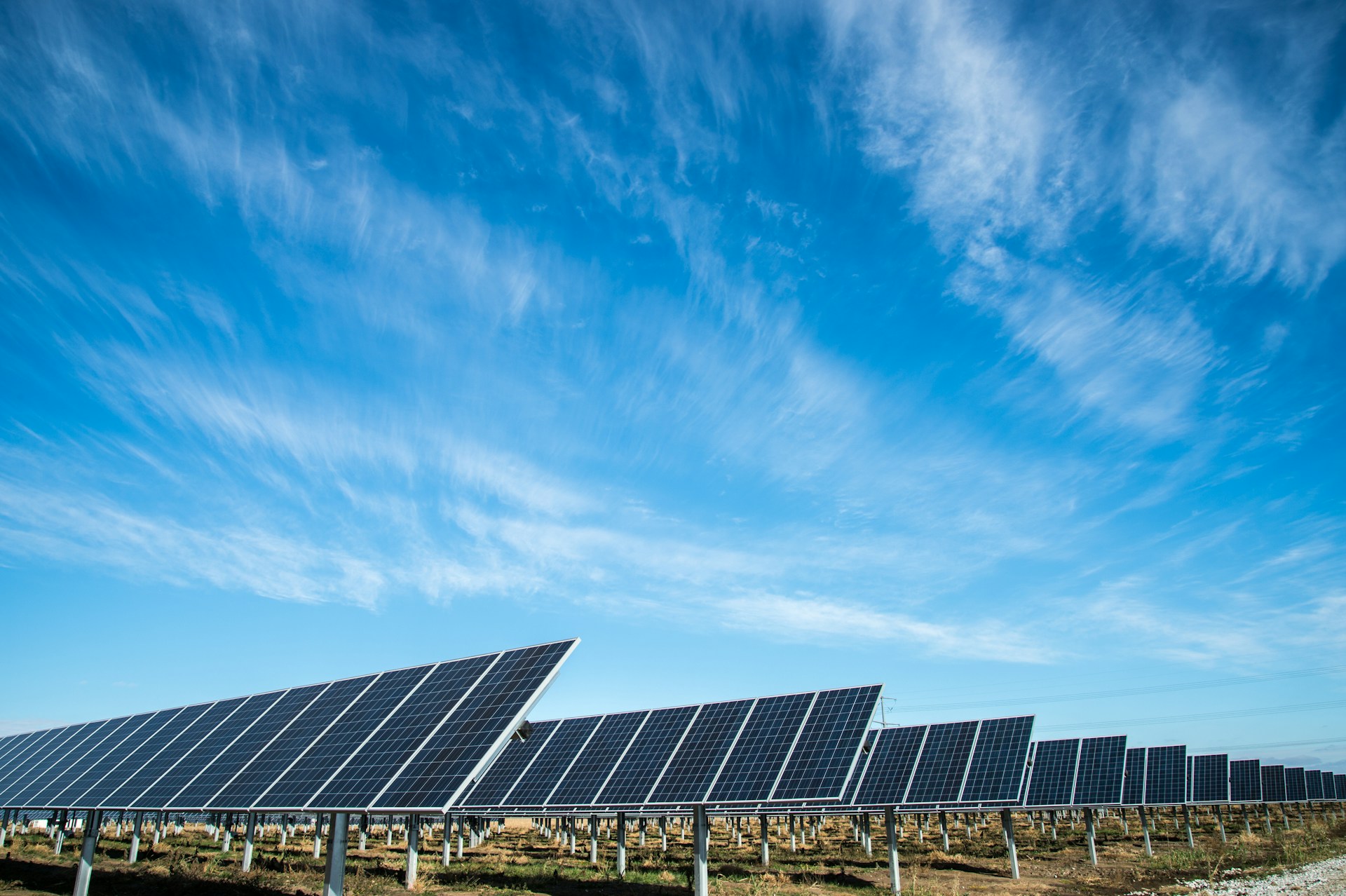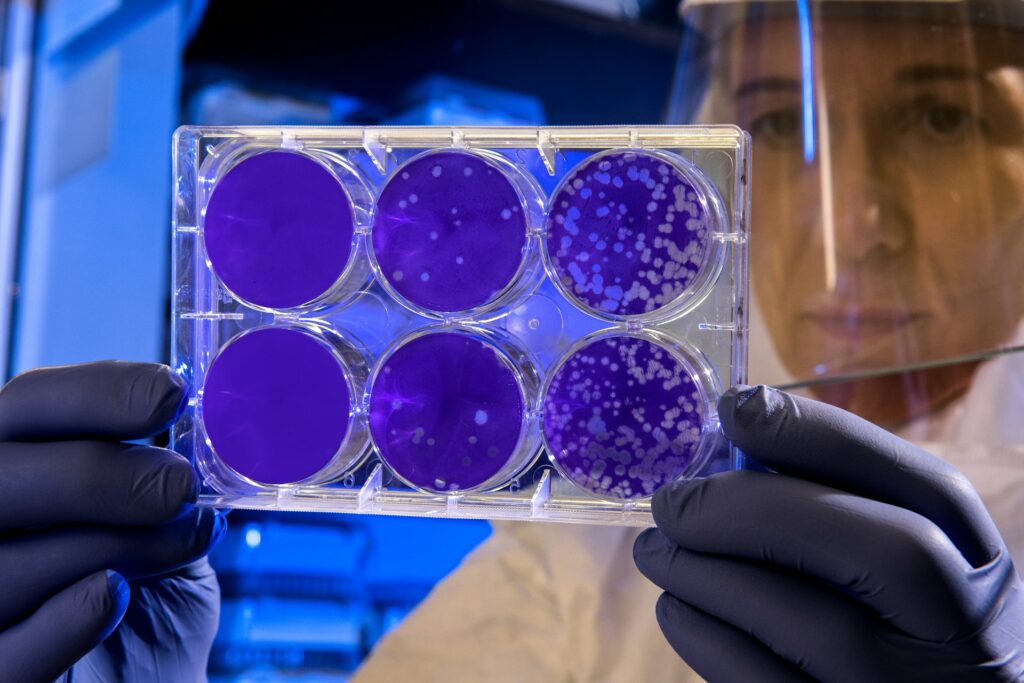Artificial intelligence (AI) is a relatively tool in scientific research. Its “black box” nature, where decision-making processes remain obscured, has stopped researchers from understanding how it achieves its results. However, a team from the University of Illinois Urbana-Champaign, led by professors Martin Burke, Nick Jackson, Ying Diao, and Charles Schroeder, recently shattered this limitation by developing a method to reveal the key chemical principles guiding AI to optimise solar energy molecules.
Their work, published in Nature, represents a significant leap forward in the field of materials science. explained Nicholas Jackson. He added,
“For chemistry, this can be very frustrating. AI can help us optimise a molecule, but it can’t tell us why that’s the optimum.”
This limitation was tackled head-on by the team, who combined AI with modular chemical synthesis and experimental validation.
The core breakthrough came from a process known as “closed-loop transfer,” where AI not only suggested new molecules but also helped discover the underlying principles that made these molecules more photostable. This allowed the researchers to improve light-harvesting molecules for solar cells, making them up to four times more stable than their starting points. “We turned the AI black box into a transparent glass globe,” Jackson said, emphasising how their findings are starting the process for future discoveries.
This research could revolutionise the field of organic photovoltaics, which have been hampered by instability when exposed to light. As Ying Diao noted,
“What has been hindering commercialisation of organic photovoltaics is problems with stability. High-performance materials degrade when exposed to light, which is not what you want in a solar cell.”
With this new AI-driven method, researchers can now design more stable materials, potentially bringing organic photovoltaics closer to commercial viability.
Charles Schroeder, another leader in the study, highlighted the interdisciplinary nature of the project:
“This work could only happen with a multidisciplinary team and the resources we have at Illinois, in collaboration with the University of Toronto. Five groups came together to generate new scientific insight that would not have been possible with any one of the sub-teams working in isolation.”
Supported by the Molecule Maker Lab Institute and funded by the U.S. National Science Foundation, this project serves as a proof of principle for what AI and chemistry can achieve together. As Schroeder stated, “Eventually, we envision an interface where researchers can input a chemical function they want, and the AI will generate hypotheses to test.” The possibilities for this technology extend far beyond solar cells, offering new opportunities in areas like energy storage and even medicine.
The research not only sheds light on the chemistry of photostability but also provides a blueprint for future AI-driven scientific discoveries. With AI, scientists can now explore chemical functions in ways previously seen to be impossible.

Hassan graduated with a Master’s degree in Chemical Engineering from the University of Chester (UK). He currently works as a design engineering consultant for one of the largest engineering firms in the world along with being an associate member of the Institute of Chemical Engineers (IChemE).



